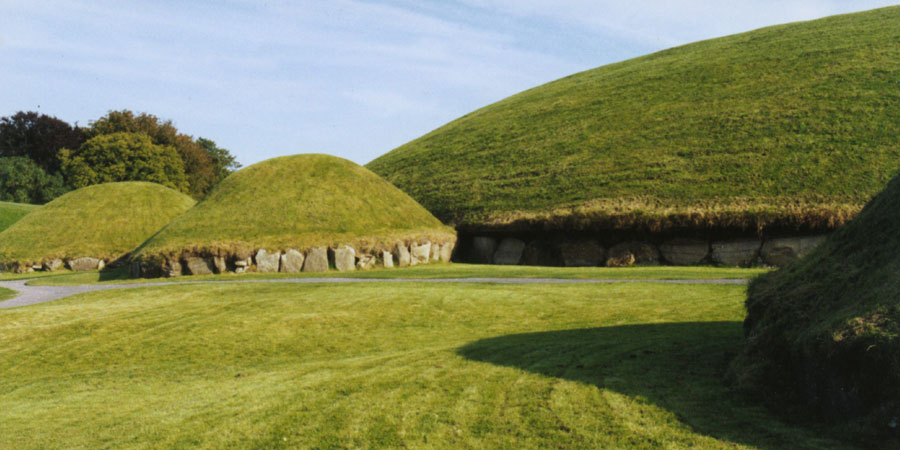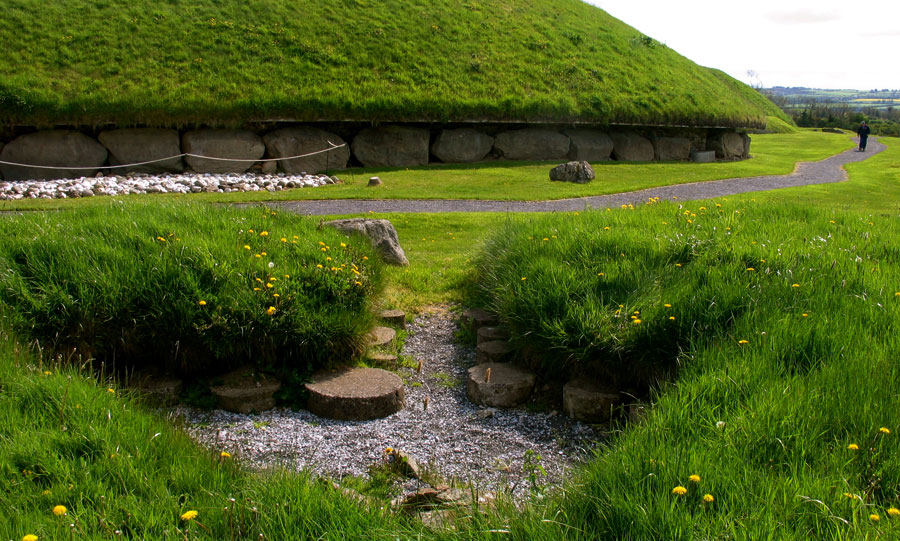Knowth - Satellite Site 6
Satellite 6 at Knowth was almost completely destroyed, and only the tips of two kerbstones could be seen prior to excavation. The mound appears to have been about 14 meters in diameter, and composed of boulder clay. Three kerbstones remained in place, and a possible five more were found nearby.
The passage and chamber were almost completely destroyed; evidence from sockets indicates that the chamber was cruciform shaped and quite large, measuring some 4.5 by 2.5 meters. The right-hand recess was much larger than the other two, as is common in this type of monument.
The cremated remains of several people were found here, and mixed with the ashes were a pottery bead, a bone pendant, a piece of bone and a piece of flint.
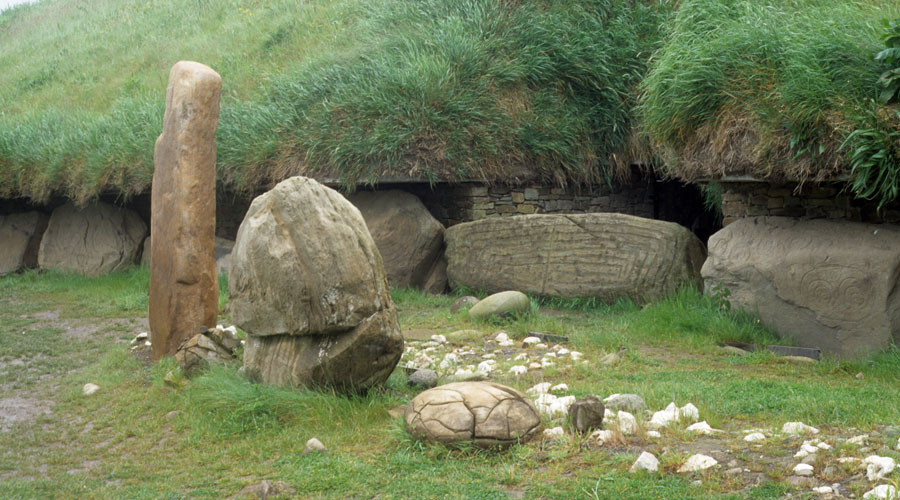
Knowth - Satellite Site 7
Knowth 7 is located close to the cliffs by the river Boyne, about 120 meters west of the main mound. The site was identified by the tips of the stones visible through the grass.
Only four orthostats remained when it was excavated in 1979, and along with a number of pits which may have been sockets, means that it may be an undifferenciated (no side recesses) passage in a mound that was perhaps ten meters in diameter.
It may have been oriented slightly south of east, like the east passage of the main mound. It's position away from the cluster is interesting, and there is a possibility that one or two more passage-graves may have existed in the grounds of Knowth House.
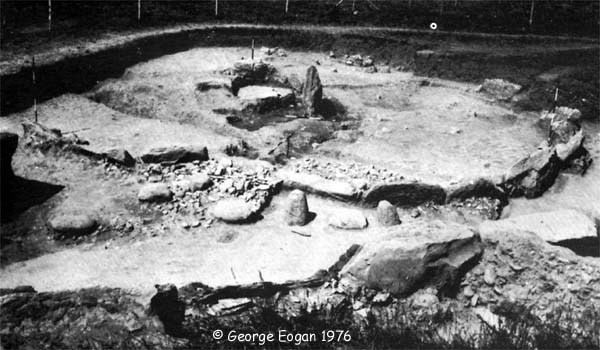
Knowth - Satellite Site 8
Site 8 is located just north of the western entrance to the great mound; it and Site 6 flank the entrance. The site was badly damaged in the past, when the mound was ploughed down to ground level.
The mound was about fourteen meters in diameter; twelve kerbstones were found sitting on the old ground level; this seems to be about half the original total. Two of the kerbs have slight engravings on them.
The passage and chamber were destroyed; from the position of the sockets, the internal structure was undifferentiated, about 6 meters long and opened to the southeast. There were no finds from this site.
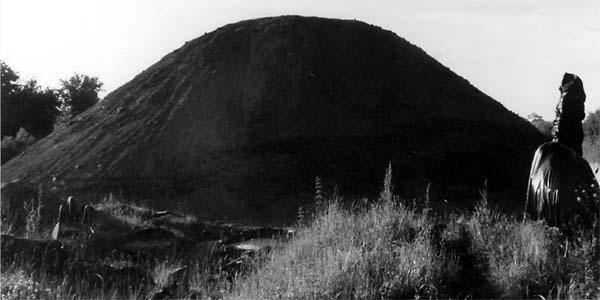
Site 8 is oriented to the south east, and the direction of the winter solstice sunrise, and may have been a smaller prototype for the bigger mound at Newgrange.
It is quite strange how researchers who look for astronomical alignments at this type of monument have ignored the information available from the smaller mounds because of the equinox potential of the great mound.
The earlier smaller mounds cover a range of solar and lunar alignments which have not been studied. They are known to predate the great mound and are so obviously part of the research / design phase of the site.

